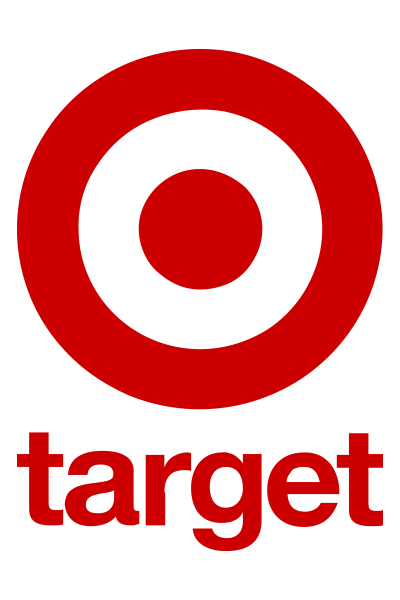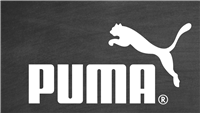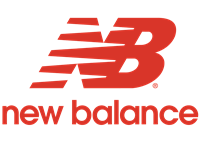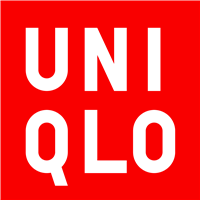Target and the Clean by Design Program
Target partners with the Apparel Impact Institute’s (Aii) Clean by Design (CbD) program, which identifies practical, cost-saving opportunities so that our suppliers can increase operational efficiencies in their factories, while simultaneously reducing resource usage, waste and emissions.




























